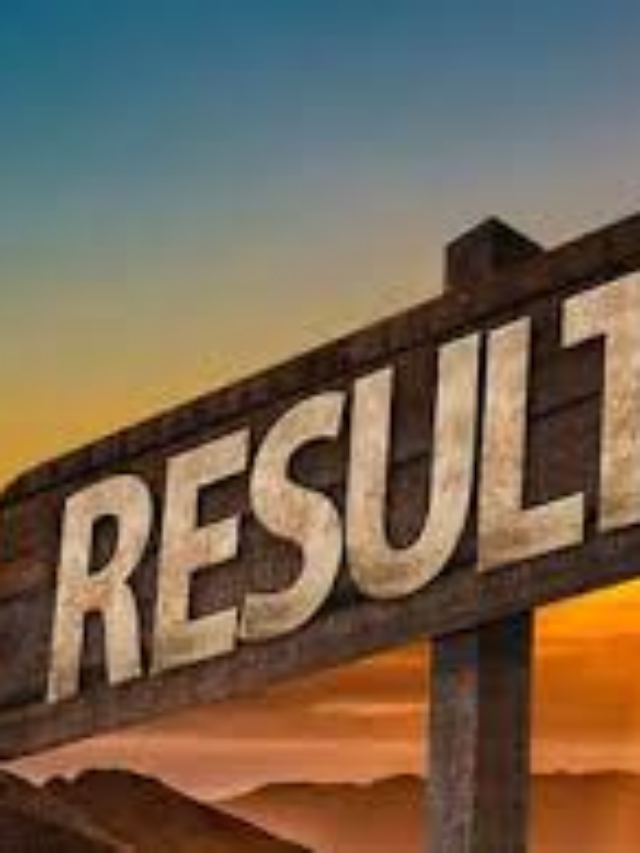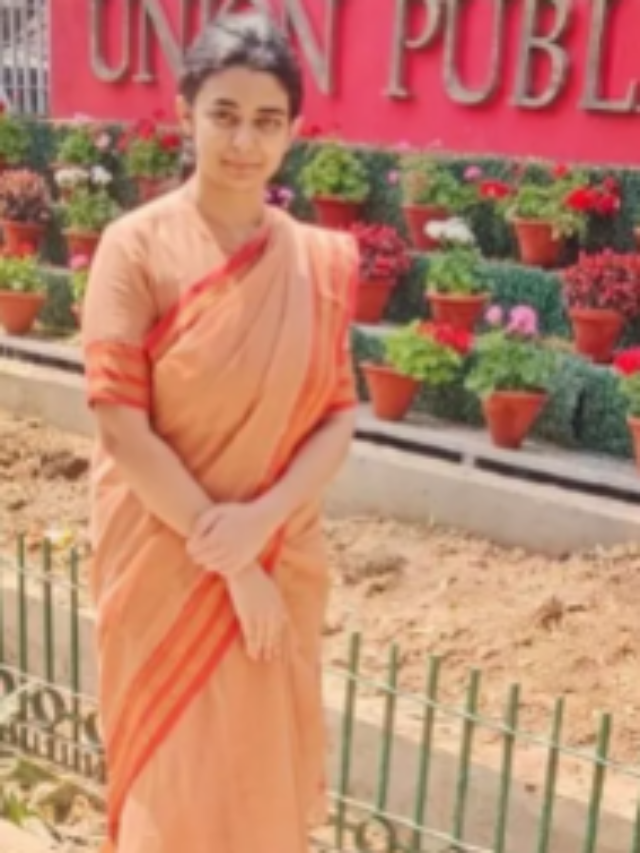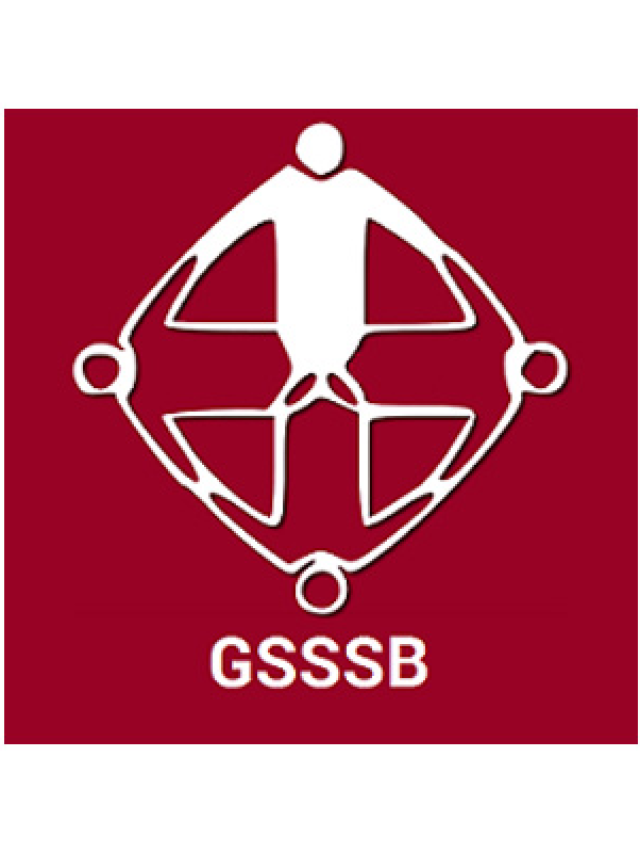Exercises Page No. 87
1. State the various functions political parties perform in a democracy
Answer.
The functions performed by the political parties are:
- They contest elections.
- They introduce various policies and programmes for the people.
- They play an important role in decision-making to legislate and execute.
- These parties, when successful in elections, form and run the government.
- These parties, if they lose, become the opposition parties and play the role of criticizing the government.
- The parties mould the public’s opinion on various issues. They can help them form an opinion and can also influence them to alter their opinion.
- These parties help the citizenry to access the government’s policies and acts.
2. What are the various challenges faced by political parties?
Answer.
There are some challenges that political parties have to face:
- The lack of internal democracy – If there is a concentration of power in the hands of one or only a few ministers in the party, it gives space to internal conflicts.
- The dynastic succession – This has been in the political parties from time immemorial. The leader of the party sets a lineage and one after another, a dynastic succession keeps taking place, which affects the chances of other ministers in the party to gauge an effective position in the party.
- Money and muscle power – The participation of smaller regional parties is lesser due to growing prominence of muscle and money power. These powers can mostly be seen during the election period where parties’ rich candidates can gain more votes using both of these.
3. Suggest some reforms to strengthen parties so that they perform their functions well?
Answer.
The various reforms that a political party can take are:
- A provision within a political party to tackle internal conflicts.
- The 1/3rd representation in the party should be given to women candidates.
- The parties should not promote candidates having criminal records.
- State funding during elections should be promoted so that candidates coming from a poor background stand an equal chance to win.
4. What is a political party?
Answer.
A political party is a group of people who come together to contest elections and hold power in the government. They agree on some policies and programmes for the society, with a view to promoting the collective good.
5. What are the characteristics of a political party?
Answer.
The political party has the following characteristics:
- They have members who share the same interests in policies and programmes.
- They seek to introduce policies which are for the welfare of the citizens.
- There are three components – leader, active members and followers.
6. A group of people who come together to contest elections and hold power in the government is called a _____________________.
Answer.
A group of people who come together to contest elections and hold power in the government is called a political party.
7. Match List-I (organisations and struggles) with List-II and select the correct answer using the codes given below the lists:
| List-I | List-II | |
| 1. | Congress Party | A. National Democratic Alliance |
| 2. | Bharatiya Janata Party | B. State party |
| 3. | Communist Party of India (Marxist) | C. United Progressive Alliance |
| 4. | Telugu Desam Party | D. Left Front |
| 1 | 2 | 3 | 4 | |
| (a) | C | A | B | D |
| (b) | C | D | A | B |
| (c) | C | A | D | B |
| (d) | D | C | A | B |
Answer.
| 1 | 2 | 3 | 4 | |
| (c) | C | A | D | B |
8. Who among the following is the founder of the Bahujan Samaj Party?
A. Kanshi Ram
B. Sahu Maharaj
C. B.R. Ambedkar
D. Jotiba Phule
Answer.
A. Kanshi Ram
9. What is the guiding philosophy of the Bharatiya Janata Party?
A. Bahujan Samaj
B. Revolutionary democracy
C. Integral humanism
D. Modernity
Answer.
C. Integral humanism
10. Consider the following statements on parties.
- Political parties do not enjoy much trust among the people.
- Parties are often rocked by scandals involving top party leaders.
- Parties are not necessary to run governments.
Which of the statements given above are correct?
- A, B, and C
- A and B
- B and C
- A and C
Answer.
(b) A and B
Political Parties Summary
Chapter 6 of NCERT Social Science Civics textbook – Democratic Politics-II will discuss the political parties which form the basis of the government. India has a multi-party system where various political parties contest elections and the party that wins the elections run the government. Students will be introduced to the basic characteristics of the political parties and the basic components. There are several challenges that a party has to face in the name of internal conflicts, dynastic successions and more, which too will be introduced in the NCERT Chapter 10.
The students will also get to know about the following topics:
- Why do we need political parties?
- Meaning
- Functions
- Necessity
- How many parties should we have?
- National parties
- All India Trinamool Congress (AITC)
- Bahujan Samaj Party (BSP)
- Bharatiya Janata Party (BJP)
- Communist Party of India (CPI)
- Communist Party of India – Marxist (CPI-M)
- Indian National Congress (INC)
- Nationalist Congress Party (NCP)
- State parties
- Challenges to political parties
- How can parties be reformed?
Frequently Asked Questions on NCERT Solutions for Class 10 Political Science Chapter 6
How does the NCERT Solutions for Class 10 Political Science Chapter 6 help you to score efficiently?
The NCERT Solutions for Class 10 Political Science Chapter 6 are prepared in a CBSE specific format to score good marks in the board exam. The solutions created are 100% accurate as per the exam pattern and marks weightage designed by the prescribed board. By using the NCERT Solutions from Etsbuy, students will be able to understand the concepts effectively and score well in the board exams. Students can download the solutions and answer the textbook questions without any difficulty. It also helps students to get their doubts cleared immediately without carrying it for a longer period.
Does the NCERT Solutions for Class 10 Political Science Chapter 6 strictly adhere to the CBSE guidelines?
To score high marks in the board exams students should choose the study material which is completely based on the CBSE guidelines. The syllabus for the CBSE board is changed on a regular basis to keep the students updated with the concepts which are important in the current trends. So the subject experts at etsbuy provide the NCERT Solutions for all the chapters present in the NCERT textbook. Each and every question is solved in a clear and interactive way to help students score well in the board exams.
List the topics and sub topics covered in the Chapter 6 of NCERT Solutions for Class 10 Political Science.
The topics and sub topics covered in the Chapter 6 of NCERT Solutions for Class 10 Political Science are –
1. Why do we need political parties?
a. Meaning
b. Functions
c. Necessity
2. How many parties should we have?
3. National parties
a. All India Trinamool Congress (AITC)
b. Bahujan Samaj Party (BSP)
c. Bharatiya Janata Party (BJP)
d. Communist Party of India (CPI)
e. Communist Party of India – Marxist (CPI-M)
f. Indian National Congress (INC)
g. Nationalist Congress Party (NCP)
4. State parties
5. Challenges to political parties
6. How can parties be reformed?









1 thought on “NCERT Solutions for Class 10 Civics Chapter 6 – Political Parties”